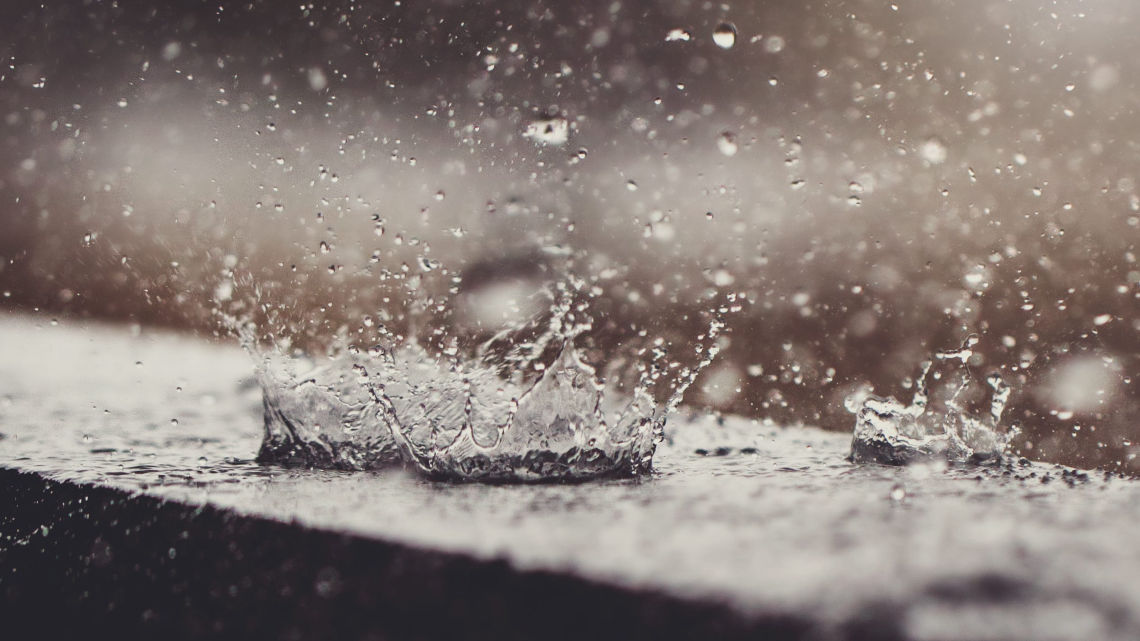
AVALANCHE FACTORS
Temperature influences on snow
Temperature has a profound effect on avalanche safety. Quite often the basic rule of thumb is to finished early by starting even earlier. That way you achieve your mission before the sun starts having adverse effects on the snowpack.
When we start to investigate temperature influences we need to think of temperature as heat transfer. We can isolate those heat effects into three main areas. The snow surface, the interior of the snowpack, and the ground. This heat is moved or transferred between those areas typically due to for example external factors such as cold air, warm air, and sunshine.
Before we delve deeper into heat transfer let's look at the most basic of temperature considerations for splitboarders.







